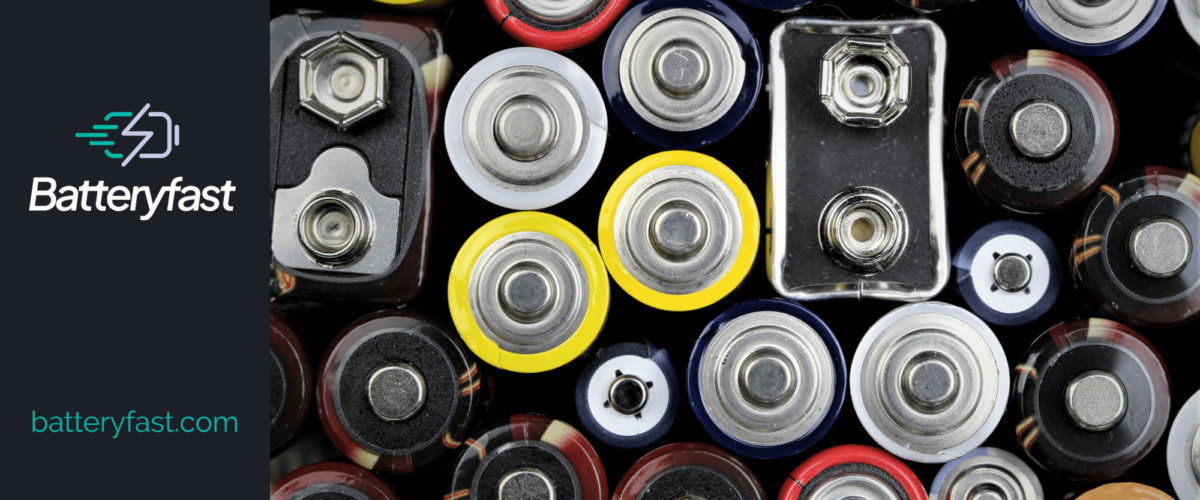Lithium metal batteries (sometimes also called ‘primary’ batteries) have metallic lithium as an anode, and are different to lithium-ion batteries, which contain both positive and negative electrodes. Lithium metal batteries are considered the optimum form of high specific energy batteries.
Lithium metal batteries are usually non-rechargeable and can be found in a variety of applications, including calculators, watches, cameras, car-key fobs, smoke alarms, and pacemakers. The smaller batteries found in these kinds of devices usually last for a considerable period of time (years) and can produce voltages of between 1.5 and 3.7. Lithium batteries can be small enough to fit inside a credit card!
The main advantages of lithium metal batteries are that they can operate at extreme temperatures from -40 to +60 degrees Celsius, they offer consistent power output, they last a very long time (up to twenty years in some cases), and they are lighter than other batteries of comparable power. One of the main downsides with lithium batteries is that they have the potential to overheat and, nowadays, all the major manufacturers include elements within the battery that are designed to mitigate these risks. Other disadvantages include the fact that they are difficult to recycle and they are relatively expensive to produce.

